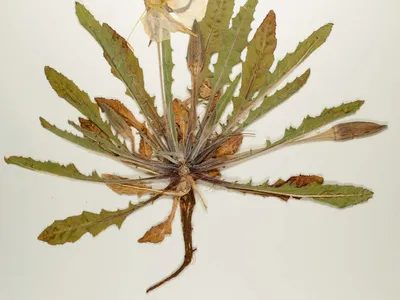MCQ On Herbarium for NEET |MCQ On NEET Biology class 11th |MCQ Questions for class 11 Biology chapter 1, | Herbarium with answer | Check the below NCERT MCQ question for class 11 Biology chapter 1 based Herbarium with answers.
MCQ Questions for class 11 Biology with Answers were prepared based on the latest pattern. We have provided class 11 Biology MCQs questions on Herbarium with answers to help students understand the concept very well.

MCQ On Herbarium for NEET
MCQ on is useful for NEET/ CSIR/ UGC/ CBSE/ ICSE /AIIMS EXAM/ AFMC EXAM/ JAC exam/ STATE LEVEL MEDICAL EXAM
Introduction:-
Herbarium is a storehouse of collected plant specimens that are dried, pressed and preserved on sheets. These sheets are arranged according to a universally accepted system of classification. These specimens, along with their descriptions on herbarium sheets, become a storehouse or repository for future use. The herbarium sheets also carry a label providing information about data and place of Collection, English, local and botanical names, family, collector’s name etc.
MCQ On Herbarium for NEET
Here are 10 multiple – choice questions (MCQs) about along with answer:-
1. What is the primary purpose of a herbarium?
a) To grow plants for research
b) To store dried plant specimens
c) To cultivate rare plant species
d) To study live plants in controlled environments
Answer: b) To store dried plant specimens
2. Which of the following is a common method used to preserve plant specimens in a herbarium?
a) Freezing
b) Drying
c) Immersing in water
d) Painting with preservatives
Answer: b) Drying
3. What is the standard size for herbarium sheets used to mount plant specimens?
a) 8.5 x 11 inches
b) 5 x 7 inches
c) 12 x 18 inches
d) 4 x 6 inches
Answer: c) 12 x 18 inches
4. The label attached to a herbarium specimen typically includes information about:
a) The specimen’s age
b) The specimen’s color
c) The specimen’s location and collector
d) The specimen’s genetic makeup
Answer: c) The specimen’s location and collector
5. What is the purpose of a plant press in the herbarium specimen preparation process?
a) To extract plant juices
b) To remove insects
c) To flatten and dry the specimen
d) To increase fragrance
Answer: c) To flatten and dry the specimen
6. Which scientist is often credited with pioneering the use of herbaria in botanical research?
a) Charles Darwin
b) Gregor Mendel
c) Carl Linnaeus
d) Albert Einstein
Answer: c) Carl Linnaeus
7. In a herbarium, specimens are typically arranged according to:
a) Alphabetical order of plant names
b) Size of the specimens
c) Date of collection
d) Geographic location of collection
Answer: a) Alphabetical order of plant names
8. What is the primary benefit of using herbarium specimens in botanical research?
a) They provide a source of fresh plant material
b) They allow for DNA extraction
c) They provide a historical record of plant distribution
d) They can be used for greenhouse cultivation
Answer: c) They provide a historical record of plant distribution
9. Which type of paper is commonly used to mount herbarium specimens?
a) Construction paper
b) Tracing paper
c) Acid-free paper
d) Newsprint
Answer: c) Acid-free paper
10. What is the term for a person who specializes in the collection and study of plant specimens for a herbarium?
a) Botanist
b) Herbariologist
c) Horticulturist
d) Taxonomist
Answer: a) Botanist
Conclusion :-
MCQ On Herbarium for NEET | What is the primary purpose of a herbarium? a) To grow plants for research, b) To store dried plant specimens , c) To cultivate rare plant specie, d) To study live plants in controlled environments, Answer: b) To store dried plant specimens.







Leave a Comment